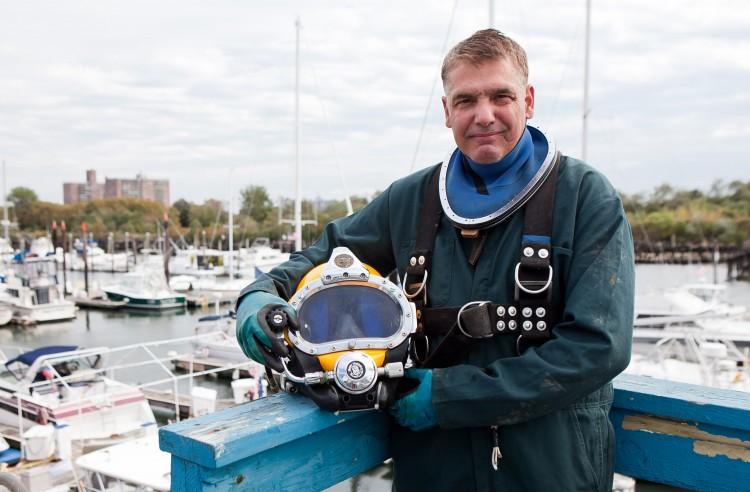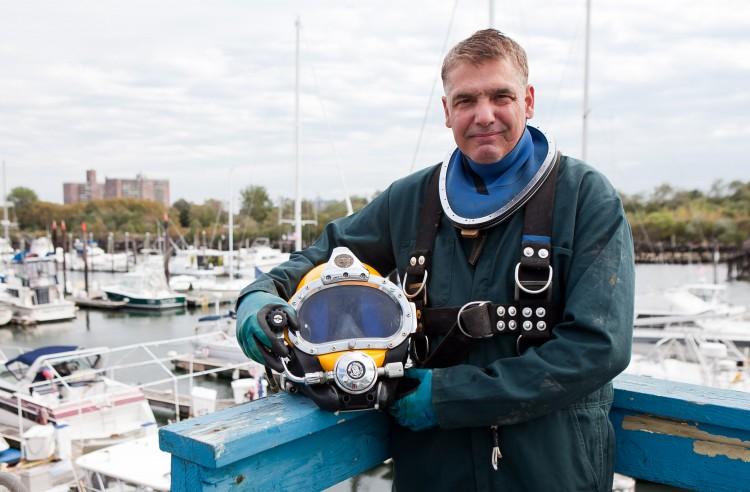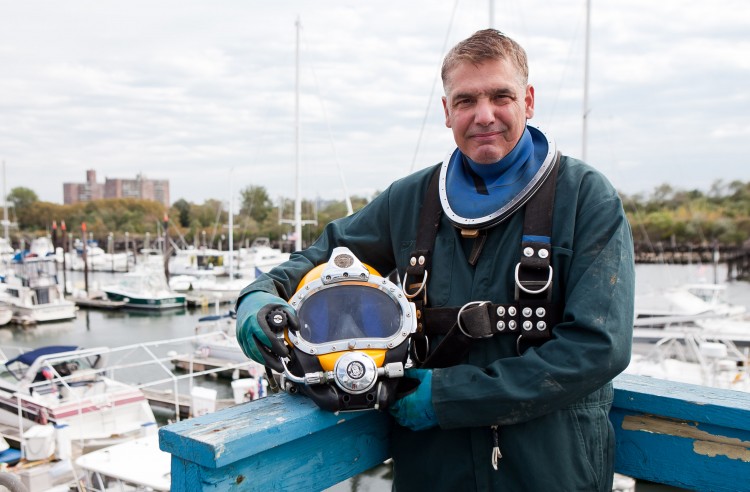NEW YORK— At 80 feet below the Atlantic ocean, diver Gene Ritter realized he was running out of air. He didn’t panic, knowing he had his emergency tank. But as he was trying to get out of the Lizzie D shipwreck, it got stuck.
He carefully took the emergency tank off and dislodged it from the wreck. When he put it back on, he realized it was empty.
“If I panicked, I would have died,” Ritter said.
He made it to 40 feet until his main tank was depleted; there was no backup and he had to make some tough decisions.
Despite the unpopularity of this emergency breathing method, Ritter did a free ascent—exhaling before making a quick ascent for the surface.
“I knew you could run out of air in a tank, but you don’t run out of air in your body,” Ritter said. “As long as you keep coming up, the air will keep expanding.”
With essentially one breath of air, Ritter swam the remaining 40 feet and flung himself onto the boat. Quickly recovering, he told the captain about the artifacts he retrieved, conveniently forgetting to mention his near-death experience.
“I didn’t want them to think I was an idiot and never hire me again,” Ritter joked. It was 1985, and Ritter was 24 years old. To this day, he can still remember the precise details. It was a wake-up call.
“I had to sit down and re-evaluate myself,” he said. “This ego thing almost got me killed.”
The following week, a diver friend of his drowned while exploring the same ship.






